| << Chapter < Page | Chapter >> Page > |
We will see these toolkit functions, combinations of toolkit functions, their graphs, and their transformations frequently throughout this book. It will be very helpful if we can recognize these toolkit functions and their features quickly by name, formula, graph, and basic table properties. The graphs and sample table values are included with each function shown in [link] .
| Toolkit Functions | ||
|---|---|---|
| Name | Function | Graph |
| Constant | where is a constant |
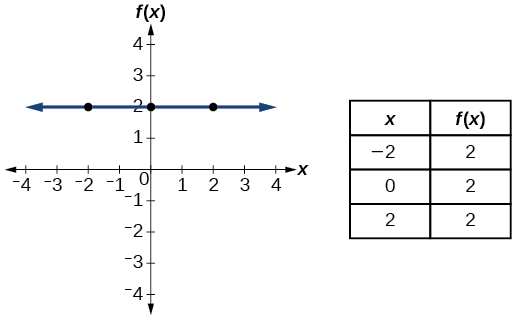 |
| Identity |
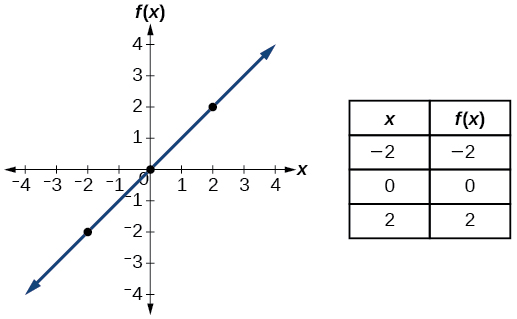 | |
| Absolute value |
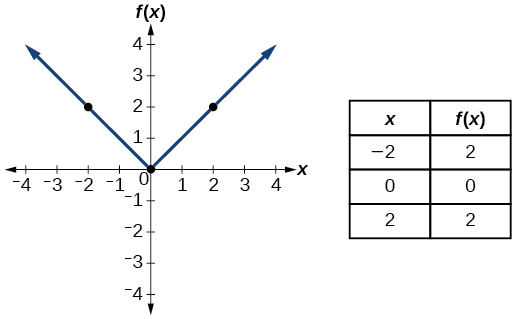 | |
| Quadratic |
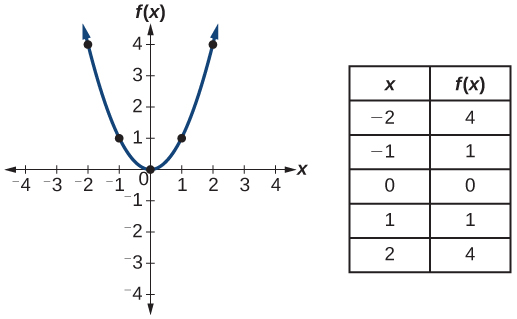 | |
| Cubic |
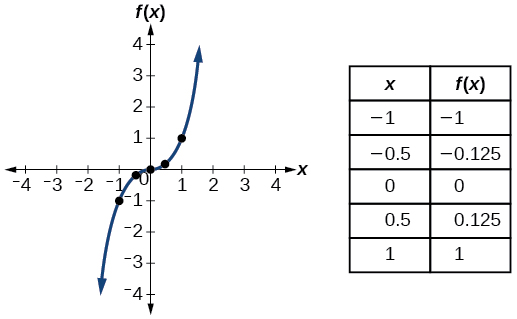 | |
| Reciprocal |
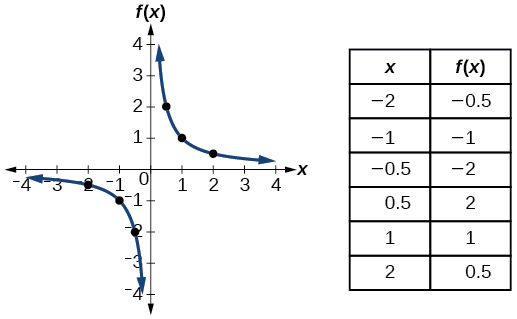 | |
| Reciprocal squared |
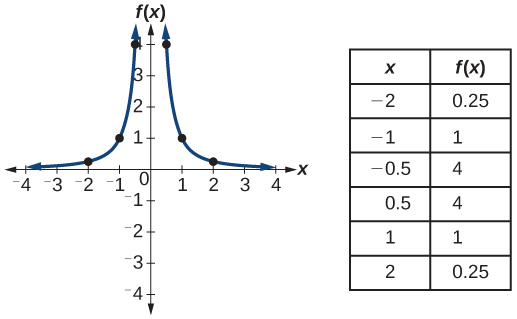 | |
| Square root |
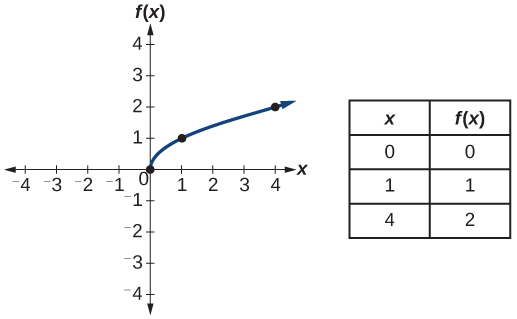 | |
| Cube root |
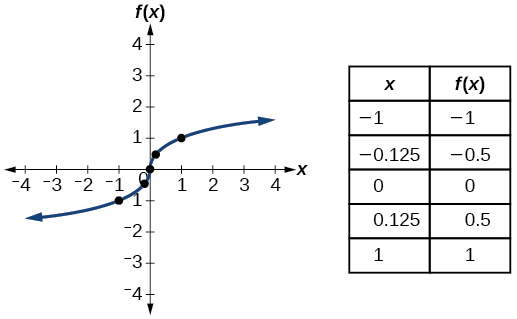 |
Access the following online resources for additional instruction and practice with functions.
| Constant function | where is a constant |
| Identity function | |
| Absolute value function | |
| Quadratic function | |
| Cubic function | |
| Reciprocal function | |
| Reciprocal squared function | |
| Square root function | |
| Cube root function |
What is the difference between a relation and a function?
A relation is a set of ordered pairs. A function is a special kind of relation in which no two ordered pairs have the same first coordinate.
What is the difference between the input and the output of a function?
Why does the vertical line test tell us whether the graph of a relation represents a function?
When a vertical line intersects the graph of a relation more than once, that indicates that for that input there is more than one output. At any particular input value, there can be only one output if the relation is to be a function.
How can you determine if a relation is a one-to-one function?

Notification Switch
Would you like to follow the 'Precalculus' conversation and receive update notifications?